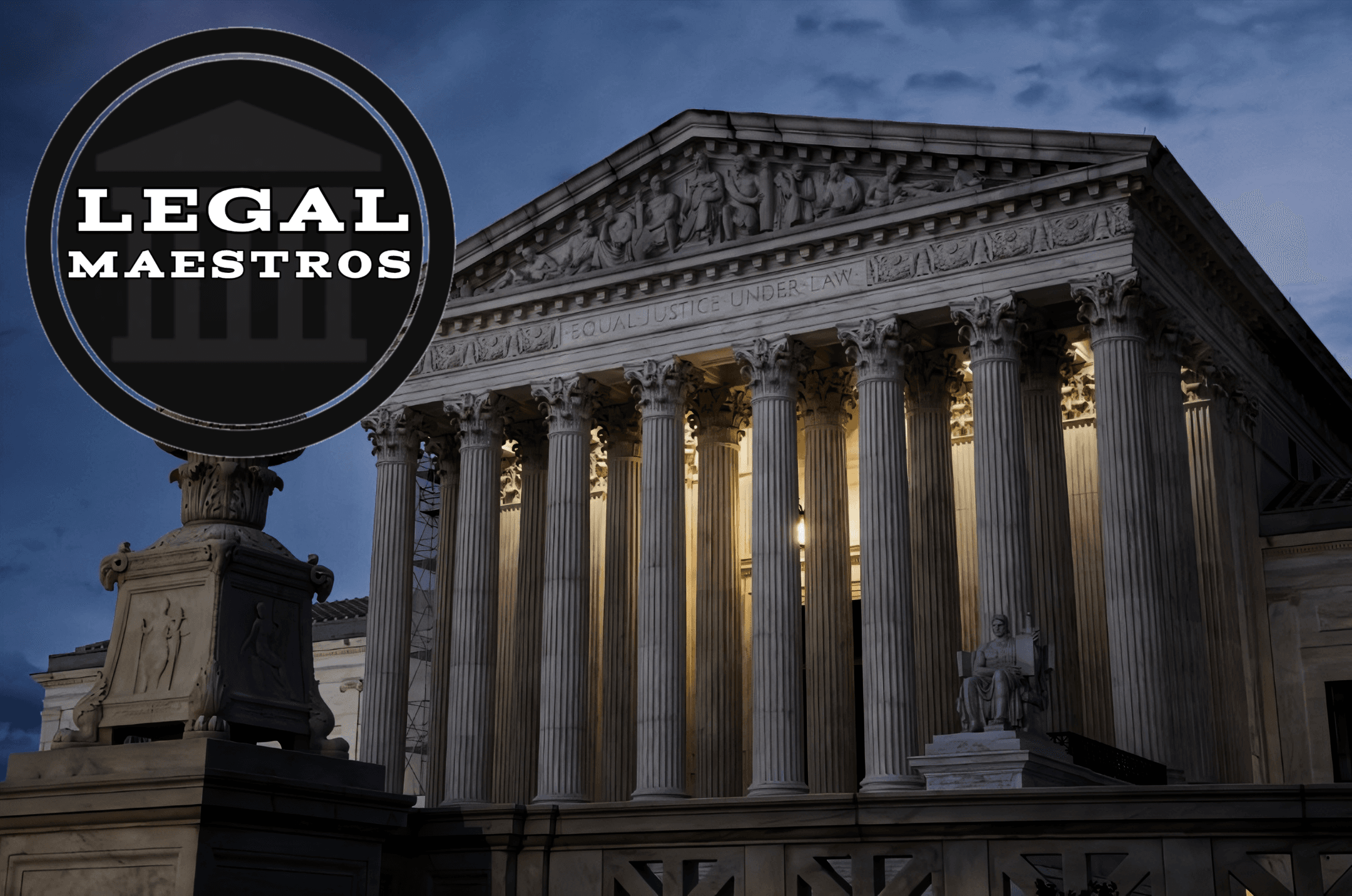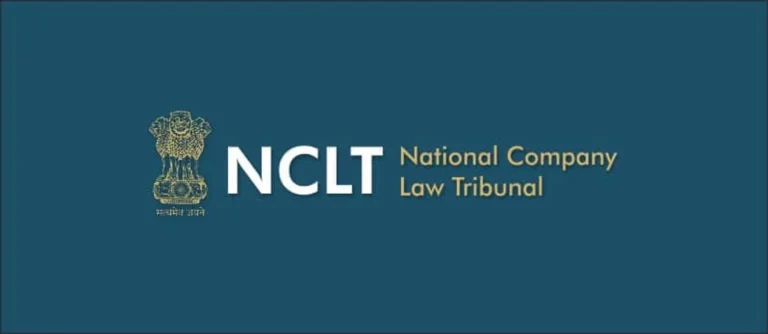
In a judgment that will go down in history, the Supreme Court of the United States announced this spring that in order to be eligible to take the state judicial services tests, candidates for subordinate judiciary jobs are required to have completed a minimum of three years of active litigation practice.
The decision, which was supposed to ensure that future judges had real experience in the courtroom, has instead caused significant outrage among law students, recent graduates, and coaching academies around the country.
The Modification to the Regulation and the Justification Behind It
In spite of the fact that the bench of the Court acknowledged the importance of academic knowledge, they highlighted that in order to provide balanced judgments, judges need to have substantial experience via actual legal proceedings. The Court is attempting to bridge the gap between the legal concepts taught in textbooks and the realities of the courtroom by requiring three years of experience in litigation.
For any queries or to publish an article or post or advertisement on our platform, do call at +91 6377460764 or email us at contact@legalmaestros.com.
A familiarity with procedural procedures, evidence examination, and client advocacy are qualities that are considered crucial for judicial responsibility, according to the announcement. Candidates who have the required amount of litigation experience will demonstrate that they have this familiarity.
For More Updates & Regular Notes Join Our Whats App Group (https://chat.whatsapp.com/DkucckgAEJbCtXwXr2yIt0) and Telegram Group ( https://t.me/legalmaestroeducators )
Reactions of Aspirants: Dreams That Were Put on Hold
The new mandate has caused thousands of law students to have their well set plans completely thrown off. As a result of enrolling in specialized coaching programs that guarantee to cover both substantive and procedural law within a year, a significant number of graduates begin their concentrated preparation for judicial examinations during their fourth year of study.
For any queries or to publish an article or post or advertisement on our platform, do call at +91 6377460764 or email us at contact@legalmaestros.com.
In the prior system, students were able to move immediately from campus to the examination, allowing them to take use of their newly acquired knowledge of the curriculum. As a result, they will have to do an additional three-year apprenticeship in the courts, which will push back the date of their examination to at least their eighth year since they started law school.
The effects on one’s emotions are profound. Those students who had already spent a significant amount of time developing methods for competitive examinations now feel as though their efforts were wasted.
Those who are on the verge of qualifying are required to make a hasty effort to get internships or clerking positions in the field of litigation, frequently in overcrowded district courts. Considering that students are required to amass courtroom hours before even sitting for preliminary examinations, many people are concerned that years of coaching and academic rigor will not provide any instant benefits or advantages.
For any queries or to publish an article or post or advertisement on our platform, do call at +91 6377460764 or email us at contact@legalmaestros.com.
Instability of Coaching Institutes’ Financial Situation
Coaching institutes are also in a state of disarray as a result of the sudden alteration in policy. These centers have traditionally provided intense courses that last for a period of twelve months and cover topics like as the constitution, civil procedure, criminal procedure, and local court regulations.
The success of their business model is dependent on a consistent flow of recent grads who are looking for accelerated training. Institutes are facing a decline in enrollment as a result of the new eligibility standards, as potential candidates are delaying coaching until after they have completed their litigation stints.
As a result of this, a number of academies have been working hard to revamp their respective curriculum. There are now some people who advocate blended models, which combine internships in the field of litigation with ongoing theory sessions, so extending the duration of the courses to three years.
For any queries or to publish an article or post or advertisement on our platform, do call at +91 6377460764 or email us at contact@legalmaestros.com.
Others have implemented modular training, which provides applicants with refresher batches at predetermined intervals before they become eligible for examinations. With these shifts, new administrative difficulties are imposed, and doubts are raised regarding whether or not tuition payments can be maintained. It has been warned by a number of organizations that their financial viability could be jeopardized in the absence of backing or subsidies from the government.
In-Depth Analysis of the Practice of Litigation
Those who seek to enter into litigation in accordance with the new mandate frequently find that the experience is anything but glamorous. The average monthly salary for newly hired litigators in district courts is between five and six thousand rupees, despite the fact that they put in quite a few hours of work.
They are responsible for drafting pleadings, running errands for senior advocates, and attending to peripheral concerns. They learn the craft by observing others and performing jobs that are repetitive. Despite the fact that it is beneficial for the development of skills, this labor does not provide any monetary incentive and creates a great amount of strain on young lawyers, particularly those who had relied on prompt judicial results to gain stable employment.
For any queries or to publish an article or post or advertisement on our platform, do call at +91 6377460764 or email us at contact@legalmaestros.com.
For many people, the appeal of litigation was never particularly strong. The practice of the courtroom was seen by those who aspired to become judges as a stepping stone to public service rather than a permanent career path.
However, at this point, litigation has become an obligatory interlude, and there is no assurance that it will be quickly brought before the bench. The aforementioned circumstances have resulted in demonstrations taking place in front of high courts as well as online petitions requesting that the Supreme Court reconsider the mandate or gradually implement it.
Career Options in the Legal Profession Are Limited
Outside of the judicial system, the professional opportunities available to law graduates continue to be quite limited. In most cases, graduates of the nation’s most prestigious National legal Universities (NLUs) are the only ones who are eligible for the most prestigious internships and positions in corporate legal firms.
For any queries or to publish an article or post or advertisement on our platform, do call at +91 6377460764 or email us at contact@legalmaestros.com.
Still, only a small number of people are able to get positions that offer attractive salary packages. Middle-tier law schools are finding that their graduates are fighting for limited positions in private practice, non-governmental organizations (NGOs), or companies’ legal departments. Despite the fact that salaries in these fields are highly variable, they frequently fall short of the norms set by the public sector, which makes the judiciary an especially desirable choice.
Due to the fact that litigation is now required, many graduates who did not receive their NLU degree are hoping to leverage their courtroom experience into careers in private practice or corporate counsel.
However, if they have spent three years earning a wage that is considered to be subsistence, it may be more difficult for them to transfer later on, particularly if their networks do not extend to established businesses. It is therefore possible that the requirement will result in the formation of a two-tiered legal community: those who are able to afford years of low-paid court labor and those who are forced out of the profession entirely.
For any queries or to publish an article or post or advertisement on our platform, do call at +91 6377460764 or email us at contact@legalmaestros.com.
Issues of Quality and Equity in the Debate
Some people believe that only judges who have actual experience in the field of litigation are able to understand the pressures that are present in the courtroom, the expectations of the clients, and the subtleties of the procedures.
They provide examples of judges who lacked experience and consequently struggled with case management and making decisions based on evidence. Critics, on the other hand, argue that the quality of the experienced litigator is more important than the length of the case. If a candidate spends three years producing pleadings on subjects that are not central to the case, they may not obtain much insight into the decision-making process of the judiciary.
Concerns over equity also loom large now. It is possible that candidates from economically poor origins or those from remote areas may be disproportionately affected by the mandate since they are unable to maintain themselves on small litigation stipends.
For any queries or to publish an article or post or advertisement on our platform, do call at +91 6377460764 or email us at contact@legalmaestros.com.
Aspirants in urban areas may have a better chance of securing higher-paying clerkships with senior lawyers, but those in smaller districts are subject to more difficult conditions. It is possible that the very diversity that the mandate intends to enrich would be undermined if there is not a consistent stipend or support system for litigators.
Possible Reforms and the Prospects for the Future
A number of parties have suggested ideas that fall somewhere in the middle in response to the reaction. One of them is the reduction of the minimum litigation term, another is the introduction of alternative examinations that measure practical abilities through moot courts and simulated hearings, and yet another is the granting of partial credit for internships that really have an impact.
Several individuals propose the establishment of a mentoring program in which law schools collaborate with courts to offer structured courtroom experience in addition to academic credits.
For any queries or to publish an article or post or advertisement on our platform, do call at +91 6377460764 or email us at contact@legalmaestros.com.
The Supreme Court has not provided any indication as to whether or not it will reconsider the ruling. While this is going on, bodies representing students and organizations that provide legal services are continuing to press for changes. Questions of a more general nature concerning legal education, professional training, and access to judicial office are brought to light by the argument.
The long-term effects of this policy on the quality of the judiciary, the diversity of its members, and the trust of the people will become more apparent as it is implemented.
Frustration has been ignited among law aspirants and coaching institutes as a result of the Supreme Court’s demand that judicial exams be taken and passed after three years of litigation. In spite of the fact that it is designed to improve judicial competence via practical experience, it places additional financial and temporal difficulties on applicants who are already navigating a particularly competitive legal landscape.
For any queries or to publish an article or post or advertisement on our platform, do call at +91 6377460764 or email us at contact@legalmaestros.com.
Because lawsuit fees are so low and alternative career pathways are so limited, many people are concerned that the mandate would discourage talented young people from pursuing a career in the court system. In India’s efforts to develop both its judicial system and its legal profession, it is essential to find a way to strike a balance between rigorous training and equitable access throughout the process.




![Research Assistantship @ Sahibnoor Singh Sindhu, [Remote; Stipend of Rs. 7.5k; Dec 2025 & Jan 2026]: Apply by Nov 14, 2025!](https://legalmaestros.com/wp-content/uploads/2025/11/Gemini_Generated_Image_s0k4u6s0k4u6s0k4-768x707.png)
![Karanjawala & Co Hiring Freshers for Legal Counsel [Immediate Joining; Full Time Position in Delhi]: Apply Now!](https://legalmaestros.com/wp-content/uploads/2025/11/Gemini_Generated_Image_52f8mg52f8mg52f8-768x711.png)
![Part-Time Legal Associate / Legal Intern @ Juris at Work [Remote]: Apply Now!](https://legalmaestros.com/wp-content/uploads/2025/11/ChatGPT-Image-Nov-12-2025-08_08_41-PM-768x768.png)
![JOB POST: Legal Content Manager at Lawctopus [3-7 Years PQE; Salary Upto Rs. 70k; Remote]: Rolling Applications!](https://legalmaestros.com/wp-content/uploads/2025/11/ChatGPT-Image-Nov-12-2025-08_01_56-PM-768x768.png)